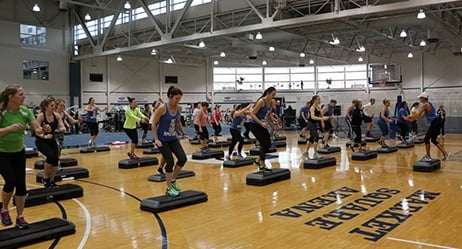 Whether you are 18 or 80, man or woman, looking to lose weight or simply maintain, step class just might be the perfect addition to your fitness program. Have you ever considered taking a step class? Perhaps you have found yourself thinking, "I'm not coordinated enough," or “that's too intense for me (or not intense enough"). Well, give me two minutes to change your mind.
Whether you are 18 or 80, man or woman, looking to lose weight or simply maintain, step class just might be the perfect addition to your fitness program. Have you ever considered taking a step class? Perhaps you have found yourself thinking, "I'm not coordinated enough," or “that's too intense for me (or not intense enough"). Well, give me two minutes to change your mind.
Does It Burn Calories?
The bottom line is, stepping up and down off of a raised platform burns calories. In fact, it burns a lot of calories. According to Self magazine, stepping up and down off of a raised platform burns more calories than doing jumping jacks, split lunges, power squats, or speed skating for the same length of time. A great exercise for weight loss? YES! Great way to maintain weight? YOU BET!
Am I Coordinated Enough?
Maybe you’re thinking that you lack the required coordination. But the reality of it is, if you can march in place, you can do step. The basic step is just that: basic. Up, up, down, down. Of course that move would get boring pretty quickly, so we add music, rhythm, and variations on that basic move. While it helps to have a little rhythm (can you clap your hands to the beat of a song?), anyone can step. It might take a few classes to really get the hang of it, but it is quite doable, and FUN! Don't be intimidated!
There is a first time for everything. At some point, every single person in the class, including the instructor, attended their very first step class. I’m not gonna lie, you probably won't pick up every single thing in the first class you take, but let's face it: what would be the fun of mastering it in the first hour? Half the fun is seeing yourself improve, seeing your cardiovascular fitness level improve, and becoming more efficient overall (more work with less effort). Step will get you there!
Is It Too Intense?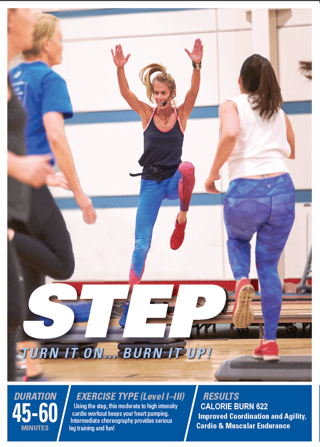
You might be thinking that step would be too hard or too intense for you. While step is designed to be a challenging cardio workout, the intensel can be adjusted in a number of ways to meet the needs of each participant.
- The height of the platform is not uniform; with use of individual risers at each end, the platform can be set as low as just a few inches off the floor (or as high as 8–12 inches).
- Another easy adjustment, which your instructor will show you, is to limit your range of movement with each step. As you become more comfortable with the format, you will be able to add intensity by increasing range of motion with the steps, and by adding arm movements to further increase your heart rate. Because of this, the challenge never ends. There is no plateau.
Is It Not Intense Enough?
On the flip side, maybe you are thinking step is not intense enough. Perhaps you’re thinking that only girls take step, or that you are too fit to benefit from it. Regardless of your fitness level, step can be a very challenging cardiovascular workout. It is a well-known fact that the US military utilizes step aerobics to improve our troops' agility, coordination, and endurance. If it's tough enough for our soldiers, then it's tough enough for me! In addition to step, I also teach Insanity, total-body conditioning, and kickboxing classes. Step meets or exceeds these other formats in intensity level and calories burned per hour.
Step is the perfect group fitness format because it accommodates all fitness levels. (And if you haven't tried group fitness, well that's a whole other conversation.) But in short, try it! The camaraderie and accountability among the participants, the music, and the FUN factor will have you hooked!
So, are you ready to take your fitness regimen to the next STEP? See you in class soon, soon, soon!
Yours in fitness,
Rachel
This blog was written by Rachel Pfeiffer, ACE and AFAA Certified Group Fitness Instructor, and proud NIFS Step instructor since 1999. To learn more about the NIFS bloggers, click here.



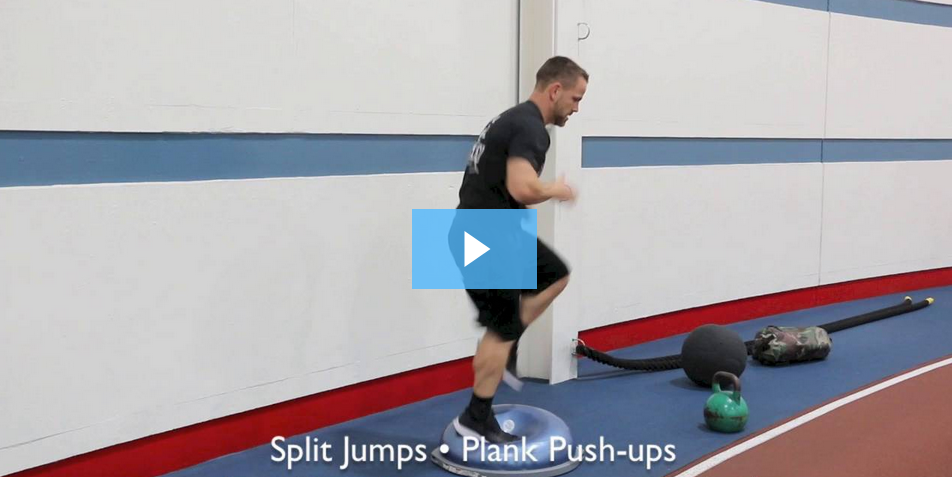
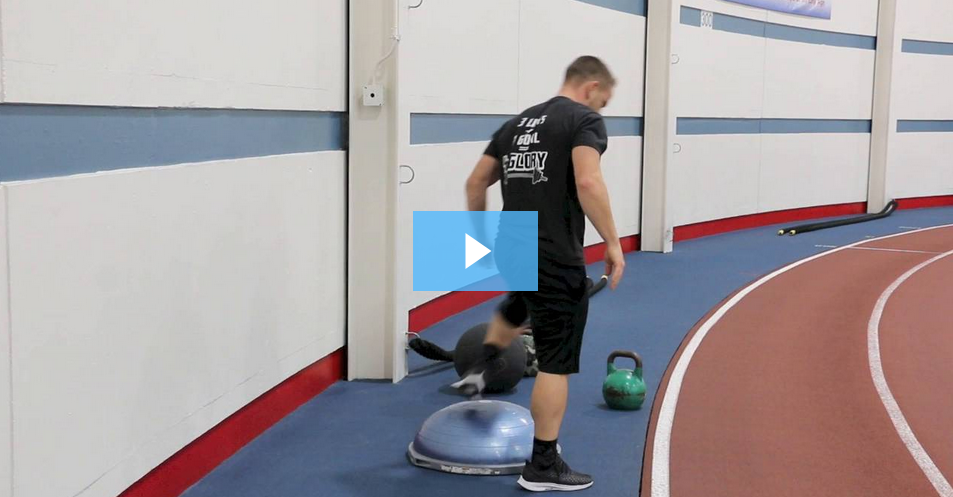
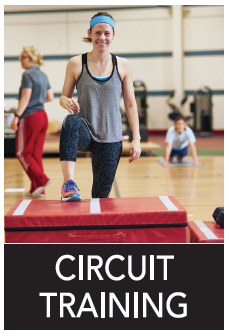 To achieve electricity, you need a complete circuit; the same thing goes for achieving a higher level of fitness, which is why circuit training is a great total-body workout. It can be classified as a type of endurance training, resistance training, strength training, or high-intensity interval training, which is why we can see great results from it.
To achieve electricity, you need a complete circuit; the same thing goes for achieving a higher level of fitness, which is why circuit training is a great total-body workout. It can be classified as a type of endurance training, resistance training, strength training, or high-intensity interval training, which is why we can see great results from it.

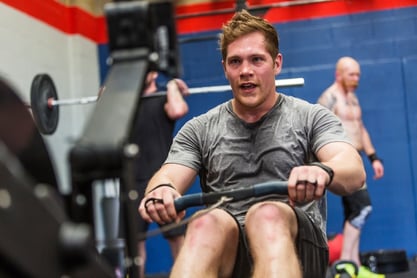 “Cardio day” are maybe the most dreaded words for a gym-goer. Or maybe you’re a cardio junkie and love nothing more than knowing it’s on the exercise menu for the day. In any case, most seem to have a love/hate relationship with cardio. We know we need it, but it can be a long and arduous task.
“Cardio day” are maybe the most dreaded words for a gym-goer. Or maybe you’re a cardio junkie and love nothing more than knowing it’s on the exercise menu for the day. In any case, most seem to have a love/hate relationship with cardio. We know we need it, but it can be a long and arduous task.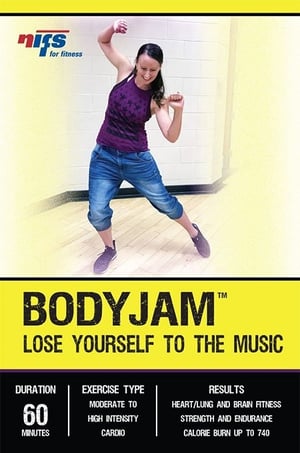 BODYJAM
BODYJAM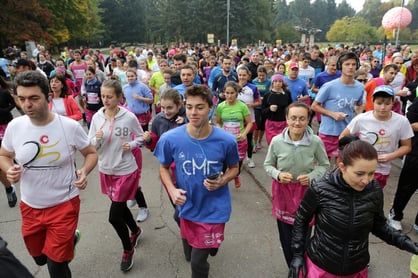 It’s staggering how many people in the world are affected directly and indirectly by health problems. You might not have an incurable disease, but there is a chance that someone you love does. Sometimes there are medications and treatments for these conditions, but not everyone receives the attention they need. Sometimes there are no medications. Fortunately, people have organized charitable foundations that help find cures, medicines, and other aid for those in need.
It’s staggering how many people in the world are affected directly and indirectly by health problems. You might not have an incurable disease, but there is a chance that someone you love does. Sometimes there are medications and treatments for these conditions, but not everyone receives the attention they need. Sometimes there are no medications. Fortunately, people have organized charitable foundations that help find cures, medicines, and other aid for those in need.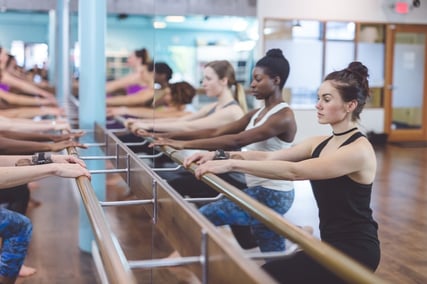 Creating healthy habits is a challenge for most people. Doesn't sitting at a bar with a glass of wine sound much easier than going to the gym and taking a barre class after work? In the moment, YES; but which is more beneficial for your health and longevity?
Creating healthy habits is a challenge for most people. Doesn't sitting at a bar with a glass of wine sound much easier than going to the gym and taking a barre class after work? In the moment, YES; but which is more beneficial for your health and longevity?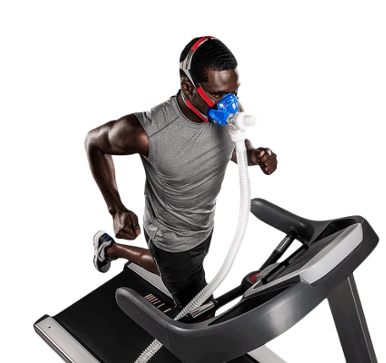 Fitness trends come and go, but heart-rate training is something that has been around for a long time; and due to its validity, I have a feeling it will not be leaving anytime soon. In fact, some places base their entire programming around your heart rate. And knowing your heart-rate training zone is actually a very useful tool for anyone—from the marathon runner to the three-times-a-week boot camp attendee!
Fitness trends come and go, but heart-rate training is something that has been around for a long time; and due to its validity, I have a feeling it will not be leaving anytime soon. In fact, some places base their entire programming around your heart rate. And knowing your heart-rate training zone is actually a very useful tool for anyone—from the marathon runner to the three-times-a-week boot camp attendee! The Group Fitness Class of the Month is BODYATTACK. When reading that name, what first comes to mind? For me, I immediately think, “Okay, slightly intimidating, but I’m intrigued. This better be good.” As a former dancer, avid runner, and group fitness instructor of multiple formats, I’d like to consider myself as having relatively good cardiovascular endurance and overall bodyweight strength. Well, let me tell you, friends, this class is no joke! Hang on now—before any of you new exercisers click away to look for an easier class, let me assure you, you too can participate! I will tell you how, but let me first give you a little background.
The Group Fitness Class of the Month is BODYATTACK. When reading that name, what first comes to mind? For me, I immediately think, “Okay, slightly intimidating, but I’m intrigued. This better be good.” As a former dancer, avid runner, and group fitness instructor of multiple formats, I’d like to consider myself as having relatively good cardiovascular endurance and overall bodyweight strength. Well, let me tell you, friends, this class is no joke! Hang on now—before any of you new exercisers click away to look for an easier class, let me assure you, you too can participate! I will tell you how, but let me first give you a little background. This is a great time of year to get out and do some fitness activities that you do not get to do year round, living in an Indiana climate. As the weather turns, the opportunity for some watersports becomes more realistic. While there are many different things you can do for exercise on the water like kayaking, canoeing, and swimming, my all-time favorite outdoor activity is paddleboarding. The benefits of
This is a great time of year to get out and do some fitness activities that you do not get to do year round, living in an Indiana climate. As the weather turns, the opportunity for some watersports becomes more realistic. While there are many different things you can do for exercise on the water like kayaking, canoeing, and swimming, my all-time favorite outdoor activity is paddleboarding. The benefits of